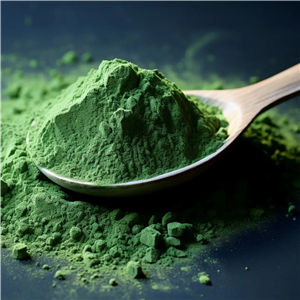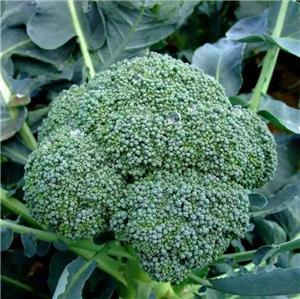-
1409-2021
Monitoring flour fortification to maximize health benefits: a manual for millers, regulators, and programme managers
Flour fortification is the practice of deliberately increasing the content of one or more essential micronutrients in flour. Fortification of wheat and maize flours with vitamins and minerals is considered a cost–effective strategy to address micronutrient malnutrition and nutrition-associated health outcomes, such as anaemia or the prevention of neural tube defects
-
0309-2021
World failing to address dementia challenge
Only a quarter of countries worldwide have a national policy, strategy or plan for supporting people with dementia and their families, according to the WHO’s ‘Global status report on the public health response to dementia’, released today. Half of these countries are in WHO’s European Region, with the remainder split between the other Regions. Yet even in Europe, many plans are expiring or have already expired, indicating a need for renewed commitment from governments.
-
2508-2021
More than 700 million people with untreated hypertension
The number of adults aged 30–79 years with hypertension has increased from 650 million to 1.28 billion in the last thirty years, according to the first comprehensive global analysis of trends in hypertension prevalence, detection, treatment and control, led by Imperial College London and WHO, and published today in The Lancet. Nearly half these people did not know they had hypertensio
-
2203-2021
Mercury and health
Mercury is a naturally occurring element that is found in air, water and soil. Exposure to mercury – even small amounts – may cause serious health problems, and is a threat to the development of the child in utero and early in life. Mercury may have toxic effects on the nervous, digestive and immune systems, and on lungs, kidneys, skin and eyes. Mercury is considered by WHO as one of the top ten chemicals or groups of chemicals of major public health concern. People are mainly exposed to methylmercury, an organic compound, when they eat fish and shellfish that contain the compound. Methylmercury is very different to ethylmercury. Ethylmercury is used as a preservative in some vaccines and does not pose a health risk.




